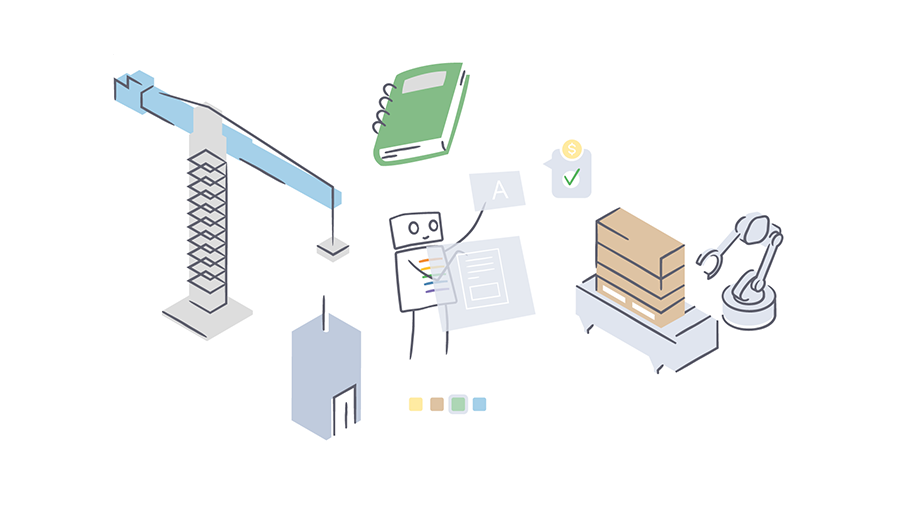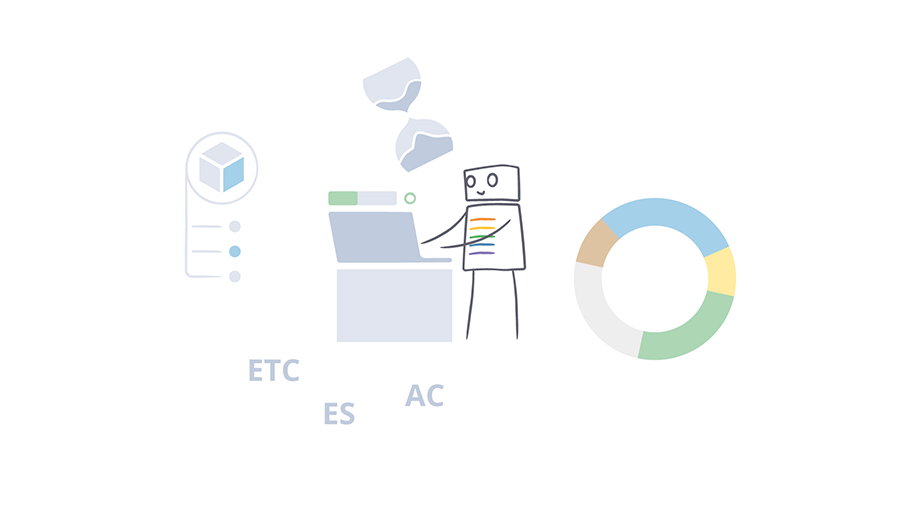
Which product configurator to choose?

"A configurator is what do for us": it have surely happened to you to think, listen, or even pronounce this sentence. But are you sure you know what is really best for you?
What it is, what it is for, who it is for
It is easy to say "configurator", but it is enough to look on the web to realize how many meanings this term has now assumed: in fact there are now many types of configurators that the market makes available, each aimed at achieving a specific objective.
A configurator, in fact, is the solution for anyone who feels the need to standardize the flow of commercial offers, or for those who want to realize a product configuration in a guided manner, which is oriented to offer or design. "Standardize the flow", however, does not mean that configurators are suitable only for standard products: this is an old legacy that comes from "wrong" configurators. A modern configurator should help the company also in managing the complexity that comes from the *special products.
The current historical context presents more and more obstacles for the companies: costs that increase, scarcity of raw materials, difficulty in the reordering of the components, long wait for the supply against demands of fast delivery.
In this context, relying on a configurator leads to countless benefits:
- allows you to configure the product, immediately evaluating the feasibility of a request: in an instant you can have the offer, costs and delivery times
- demand for special products is now the normality and companies are increasingly geared towards meeting customer wishes. A modern configurator should also notice that a seemingly special request is actually something that has been handled in the past.
- the configurator becomes strategic to align business rules making business scalable and making it easier to acquire new customers.
The Commercial Configurator, for friends "CPQ - Configure Price Quote”
An elephant memory and the dear old paper price list are the most loyal companions of a self-respecting trader, but if you want to expand the network of your sellers/dealers you can not rely only on these two tools.
The offer configurator was created to facilitate the salesman in providing the customer with an accurate, error-free and immediate proposal. A CPQ solution must enable you to propose the right product for your needs while respecting the constraints you are asking for (technical and economic).
An offer configurator should carry these advantages:
- bring you to a product configuration sewn on your needs minimizing errors related to a imperfect product knowledge
- keep the sales force up to date with the latest catalogue news
- allow to generate documents of offer following a layout ready-made by the company, with images faithful to the choices made and with a technical specification retrieved automatically and without typos
- obtain offer documents multi-currency and multilingual based on price lists, templates that you need to be able to manage with ease
However, the offer configurator should not simply produce the economic price. It should also be linked to the entire commercial flow from opportunity to proposal, from the revision of the offer to the sales order: this is why configurator and CRM must speak to each other, when they are not already one.
But a modern commercial configurator goes beyond the offer document and should be able to produce the bill, the real-time product costing based on the processing cycles, ... The results of the configuration can be presented to the customer in 3D and 2D even before the technical department has been involved.
Errors to avoid when choosing a Commercial Configurator
If you were asked to think about an offer configurator ready to immediately buffer the needs of your company, what is the first thing you would think? If you have thought about Spreadsheet then you are in the absolute majority.
The problem is right here: you start to give a buffer response, but then you end up building a more complex system than the one that governs a space mission. One gets tangled up in abstruse rules with an insane number of grafted and illegible conditions, with functions that should be banned by mankind such as the "Vertical Search", with a system that without its creator becomes difficult to maintain, anarchist and poorly suited to be distributed. That said, Spreadsheets remains an excellent data entry tool and a good starting point, but it should be used in the right way: basically it should be used and not abused, it is a tool and not the solution.
Another common mistake is to think of the commercial configurator as a pure automation system of the offer. And since the offer is realized on the ERP you are led to believe that the absolute best configurator is that of the ERP, where we already find customers, price lists and where no integrations are needed. It’s a natural and understandable thought, but sometimes a little short-sighted. In fact, these are often configurators that cover the initial need but that cannot go further. Tomorrow, in addition to the offer and bill of materials, you will want to produce diagrams, manuals, layouts... and certain initial choices preclude these possibilities. Not to mention the fact that configurators often have to reach a network of users that goes far beyond the perimeter of those who are the normal users of the management system.
The Technical Configurator, or Design Automation
The design times are the main bottleneck in a context where deliveries have to be made faster and faster against products that have not yet been designed. With the adoption of a technical configurator, the UT sees the design time collapse thanks to the definition of precise rules that allow the 3D model to "draw itself" responding to a series of input parameters.
Design Automation configurators are those that transform requests (commercial and/or technical) into objects made on CAD.
If you have all the bricks ready then the return on CAD is predominantly an assembly theme (ATO - Assembly to Order), and potentially the only new object that will be generated is the Finished Product.
If bricks do not exist yet, the technical configurator will have to parameterize the variables of the CAD models (master) in order to obtain the expected result (ETO - Engineering to Order).
Here are the results to expect from a good technical configurator:
- realize even the most complex drawings automatically respecting the encoding plan
- automatically generate separate technical data sheet, production list, machining cycle, parts list
- evaluate immediately the feasibility of a configuration thanks to choices compatible with the rules that were defined at the initial stage of the project
Last but not least, thanks to the configurator, the designer dedicates less time to the design of orders, thus being able to reserve his time for other activities such as the study of prototypes for the future development of the product.
Errors to avoid when choosing a Technical Configurator
The Assembly To Order is a relatively simple configuration theme even if it can still hide hidden complexities, such as the size of the table that will require some precautions.
InEngineering To Order a large number of technical configurators stop at the realization of the object that geometrically satisfies the request, but this is not all: there is a theme of reuse of existing objects and encoding of new ones that is often overlooked. In an ETO case, a technical configurator that is not perfectly linked to PDM guarantees more damage than the benefits it brings.
The perfect integration of both worlds
There are configurators that combine commercial and technical configuration. Some may also go so far as to configure manuals, machinery directive, spare parts cards...
Then there is someone so out of the box that with the configurator can make us CRM, PDM, MES, etc, with an approach that drastically reduces the time and costs to go to the goal.
This someone is called SolidRules, and in the SolidRules ecosystem you can find all kinds of configurators. One feature, however, unites all SolidRules configurators: each of them is the solution to a problem, and among them there is probably already the one that is right for you.
Más de Alexide
Are you ready for the Big Data era?
Data ManagementWhich product configurator to choose?
Product configurator¿Alguna pregunta? Estamos aquí para ayudarte.
Rellena el formulario o envíanos un correo electrónico a info@solidrules.com. Nos pondremos en contacto contigo para ofrecerte todas las soluciones.









